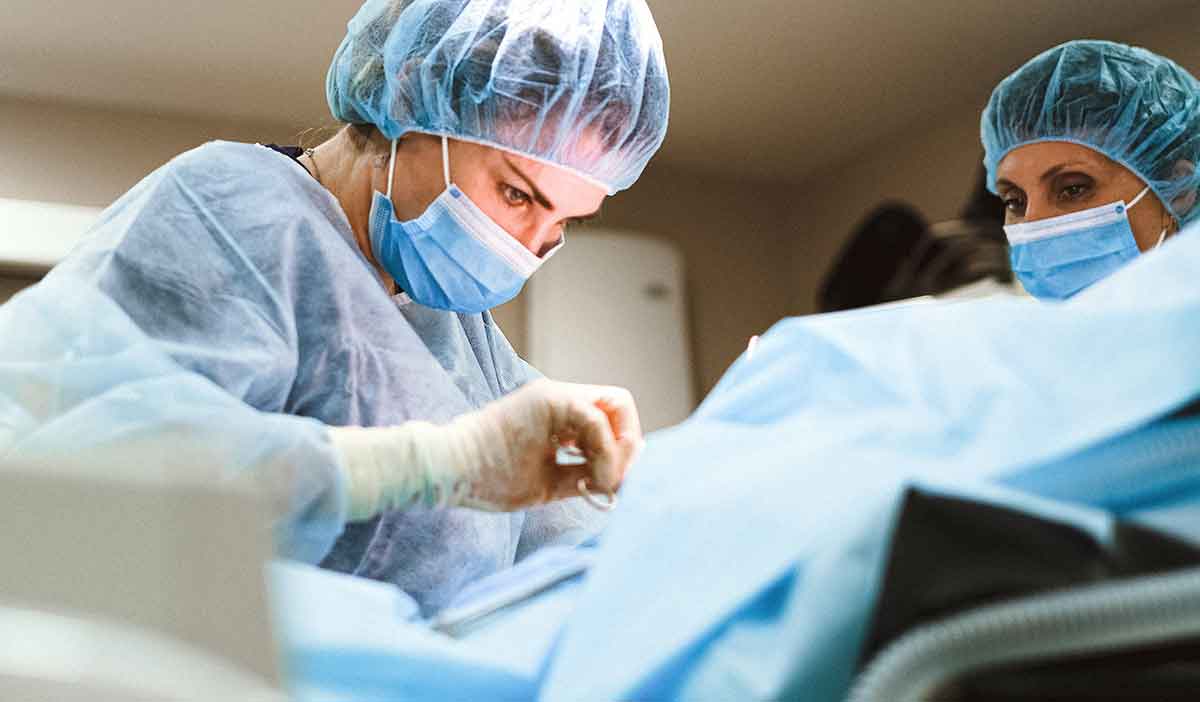07 Is laser liposuction safer? Expert pioneering in the technique explains. Photo: Pexels
Is laser liposuction safer? Expert pioneering in the technique explains. Photo: Pexels
Even with time and effort invested in the gym with regular workouts, dietary changes, and nutritional supplementation, those localized fatty deposits, which are very difficult to get rid of, can persist.
+ From Swelling to Thrombosis: The Risks of Cosmetic Treatments
+ The Benefits of Activated Charcoal for the Skin
In such cases, for those who are bothered by it, the solution can come from surgical interventions.
One of the options has been liposuction, but those who have already undergone this type of procedure conventionally know how painful the post-operative period is, how long it takes, and what care is crucial for a good recovery. Often, it’s necessary to stay away from regular physical activities, work, and even leisure for weeks or months.
Just a few years ago, it would have been impossible to have plastic surgery on a Thursday or Friday, take the weekend to recover, and be ready to return to work and other physical activities as soon as Monday. “In other words, recovery in just 3 to 4 days after liposuction. This has only become possible in recent days through the use of state-of-the-art technology in plastic surgery,” says plastic surgeon Wendell Uguetto, who has been working at the Albert Einstein Israelite Hospital in São Paulo since 2009.
He was one of the pioneers to use laser technology in liposuction surgery in Brazil. “The technique, just like in conventional liposuction, is used to reduce localized fat in specific areas of the body. However, laser liposuction is performed with the help of an optical fiber through which high-intensity light is emitted, and this light is directed specifically to the adipose tissue, which is heated and vaporized, and then the vaporized tissue is removed from the body,” he comments.
According to the expert, this technique is considered safer than other liposuction techniques because the breakdown of fat is not done manually, so there is no risk of damage to adjacent tissues, and there is less local trauma, resulting in a faster recovery.
“In this way, patients usually have 50% less pain and up to 80% fewer bruises than in conventional cases. I often release the patient to return to work and engage in physical activities as soon as the day after the surgery,” the doctor adds.
Additionally, Uguetto also explains that the laser helps reduce skin laxity since it also stimulates the production of collagen and elastic fibers in the applied area.
However, the surgeon emphasizes that laser liposuction is not a method for weight loss and should not be used to treat obesity.
During the recovery process, the patient should adopt some habits that help accelerate healing, such as fluid intake, the use of medications prescribed by the doctor, healthy eating, and even physiotherapy.

